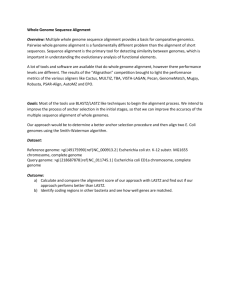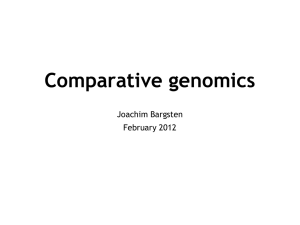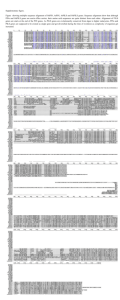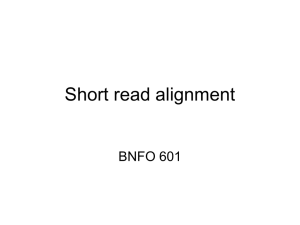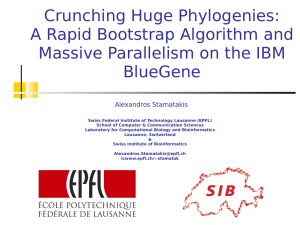emi12936-sup-0002-si
advertisement
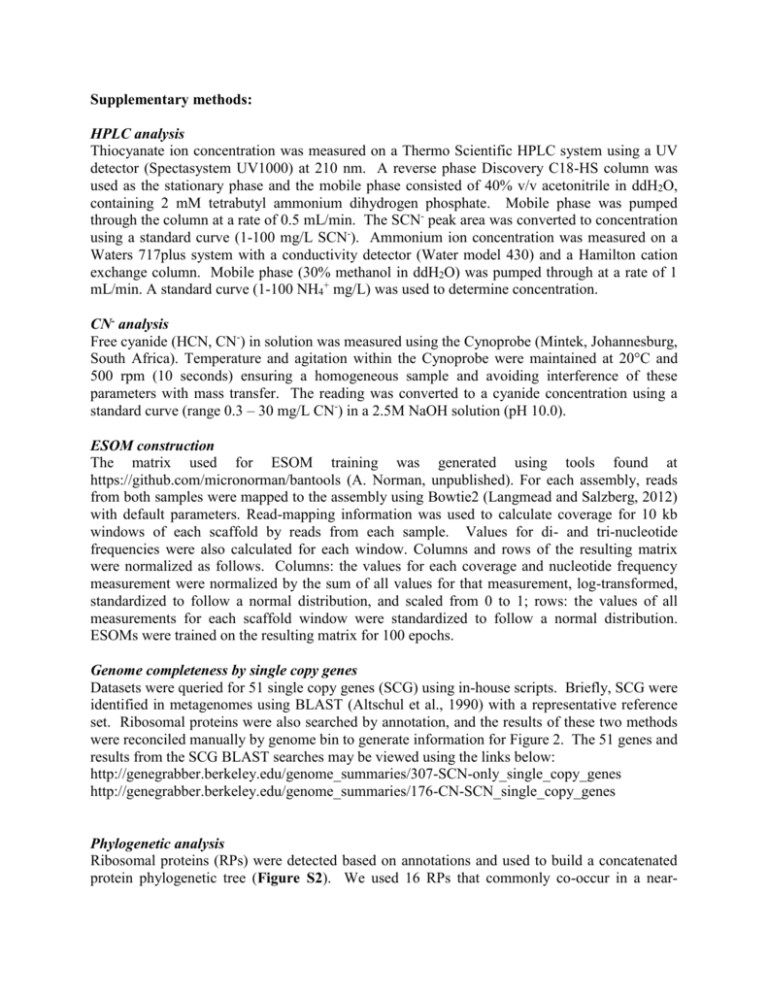
Supplementary methods: HPLC analysis Thiocyanate ion concentration was measured on a Thermo Scientific HPLC system using a UV detector (Spectasystem UV1000) at 210 nm. A reverse phase Discovery C18-HS column was used as the stationary phase and the mobile phase consisted of 40% v/v acetonitrile in ddH2O, containing 2 mM tetrabutyl ammonium dihydrogen phosphate. Mobile phase was pumped through the column at a rate of 0.5 mL/min. The SCN- peak area was converted to concentration using a standard curve (1-100 mg/L SCN-). Ammonium ion concentration was measured on a Waters 717plus system with a conductivity detector (Water model 430) and a Hamilton cation exchange column. Mobile phase (30% methanol in ddH2O) was pumped through at a rate of 1 mL/min. A standard curve (1-100 NH4+ mg/L) was used to determine concentration. CN- analysis Free cyanide (HCN, CN-) in solution was measured using the Cynoprobe (Mintek, Johannesburg, South Africa). Temperature and agitation within the Cynoprobe were maintained at 20°C and 500 rpm (10 seconds) ensuring a homogeneous sample and avoiding interference of these parameters with mass transfer. The reading was converted to a cyanide concentration using a standard curve (range 0.3 – 30 mg/L CN-) in a 2.5M NaOH solution (pH 10.0). ESOM construction The matrix used for ESOM training was generated using tools found at https://github.com/micronorman/bantools (A. Norman, unpublished). For each assembly, reads from both samples were mapped to the assembly using Bowtie2 (Langmead and Salzberg, 2012) with default parameters. Read-mapping information was used to calculate coverage for 10 kb windows of each scaffold by reads from each sample. Values for di- and tri-nucleotide frequencies were also calculated for each window. Columns and rows of the resulting matrix were normalized as follows. Columns: the values for each coverage and nucleotide frequency measurement were normalized by the sum of all values for that measurement, log-transformed, standardized to follow a normal distribution, and scaled from 0 to 1; rows: the values of all measurements for each scaffold window were standardized to follow a normal distribution. ESOMs were trained on the resulting matrix for 100 epochs. Genome completeness by single copy genes Datasets were queried for 51 single copy genes (SCG) using in-house scripts. Briefly, SCG were identified in metagenomes using BLAST (Altschul et al., 1990) with a representative reference set. Ribosomal proteins were also searched by annotation, and the results of these two methods were reconciled manually by genome bin to generate information for Figure 2. The 51 genes and results from the SCG BLAST searches may be viewed using the links below: http://genegrabber.berkeley.edu/genome_summaries/307-SCN-only_single_copy_genes http://genegrabber.berkeley.edu/genome_summaries/176-CN-SCN_single_copy_genes Phylogenetic analysis Ribosomal proteins (RPs) were detected based on annotations and used to build a concatenated protein phylogenetic tree (Figure S2). We used 16 RPs that commonly co-occur in a near- contiguous block (RP L 2, 3, 4, 5, 6, 14, 15, 16, 18, 22, and 24, and RP S 3, 8, 10, 17, and 19) such that all proteins were located on one scaffold per bin. To compile a custom reference set, the RP S3 amino acid sequences from each dataset were searched against the Uniref100 database using ublast (Edgar, 2010), and RP sequences from genomes for the two best hits to each query were obtained from the NCBI genomes (http://www.ncbi.nlm.nih.gov/genome/) or JGI-IMG (http://img.jgi.doe.gov/) databases. Alignments for each of the 16 RP sets were generated using MUSCLE v3.8.31 (Edgar, 2004) and edited in Geneious to manually trim ends and automatically remove columns with greater than 95% gaps. The 16 alignments were then concatenated, resulting in an alignment containing 801 taxa with 2536 unambiguously aligned positions. Phylogenetic analysis was conducted using RAxML v8.0.26 (Stamatakis, 2014) under the LG + gamma model of evolution. Support values were generated with 100 bootstrap replicates. Genes for 16S rRNA were detected using Rnammer (Lagesen et al., 2007) and via BLAST (Altschul et al., 1990) of all scaffolds ≥ 500 bp against a condensed 16S rRNA gene reference set. For each gene identified, the best-hit non-environmental sequence from NCBI-nr was added to a custom reference dataset that included six archaeal sequences for rooting. Analysis was performed on this dataset using ssu-align (Nawrocki, 2009) to generate a nucleotide alignment to the bacterial structural model and to mask insertions. The final alignment contained 847 taxa with 1582 unambiguously aligned positions. RAxML (Stamatakis, 2014) was used to reconstruct phylogeny under the GTRCAT model of evolution (Figure S3). Support values were generated with 100 bootstrap replicates. To identify Eukaryotic genome bins, a tBLASTn was performed (Camacho et al., 2009) with genome bins as target databases and reference sets of Eukaryotic marker proteins taken from Brown et al. (Brown et al., 2013) used as queries. In order to obtain near full-length proteins, intervals of nucleotide sequences hit by each search were translated and aligned to the reference sets using MUSCLE v3.8.31 (Edgar, 2004). In total, 17 ribosomal proteins present in both Eukaryotic genome bins were chosen for analysis. These were RPL 11, 19, 20, 21, 27, 31, 32, 33, 35, 43, 44, and RPS 3, 5, 11, 16, 17, and 18. Each protein alignment was examined in Geneious, allowing exons from the same gene to be stitched together. The resulting alignments were manually trimmed and then concatenated together to generate a final alignment with 2,415 columns and 63 taxa where each taxon possessed at minimum 1,300 amino acids. ProtTest v3.0 (Darriba et al., 2011) was run (using options for -all-matricies and -all-distributions) to determine the best evolutionary model for phylogenetic reconstruction. Accordingly, RAxML (Stamatakis, 2014) was run under the LG+gamma model, and support values were generated with 100 bootstrap replicates (Figure S4). References: Altschul, S.F., Gish, W., Miller, W., Myers, E.W., and Lipman, D.J. (1990). Basic local alignment search tool. Journal of Molecular Biology 215, 403–410. Brown, M.W., Sharpe, S.C., Silberman, J.D., Heiss, A.A., Lang, B.F., Simpson, A.G.B., and Roger, A.J. (2013). Phylogenomics demonstrates that breviate flagellates are related to opisthokonts and apusomonads. Proceedings of the Royal Society B: Biological Sciences 280, 20131755–20131755. Camacho, C., Coulouris, G., Avagyan, V., Ma, N., Papadopoulos, J., Bealer, K., and Madden, T.L. (2009). BLAST+: architecture and applications. BMC Bioinformatics 10, 421. Darriba, D., Taboada, G.L., Doallo, R., and Posada, D. (2011). ProtTest 3: fast selection of bestfit models of protein evolution. J Gerontol 27, 1164–1165. Edgar, R.C. (2004). MUSCLE: multiple sequence alignment with high accuracy and high throughput. Nucleic Acids Research 32, 1792–1797. Edgar, R.C. (2010). Search and clustering orders of magnitude faster than BLAST. Bioinformatics 26, 2460–2461. Lagesen, K., Hallin, P., Rodland, E.A., Staerfeldt, H.H., Rognes, T., and Ussery, D.W. (2007). RNAmmer: consistent and rapid annotation of ribosomal RNA genes. Nucleic Acids Research 35, 3100–3108. Langmead, B., and Salzberg, S.L. (2012). Fast gapped-read alignment with Bowtie 2. Nature Methods 9, 357–359. Nawrocki, E.P. (2009). Structural RNA homology search and alignment using covariance models. Ph.D. Thesis, Washington University in Saint Louis, School of Medicine. Stamatakis, A. (2014). RAxML version 8: a tool for phylogenetic analysis and post-analysis of large phylogenies. Bioinformatics 30, 1312–1313.


